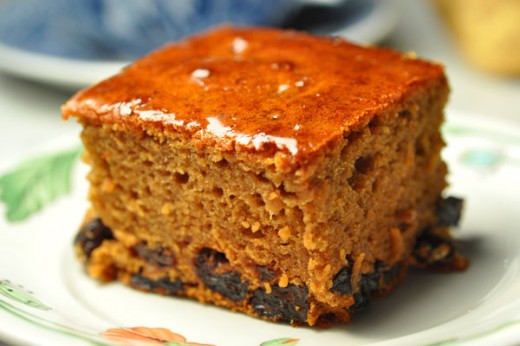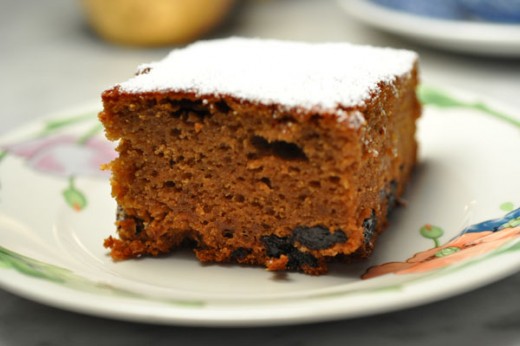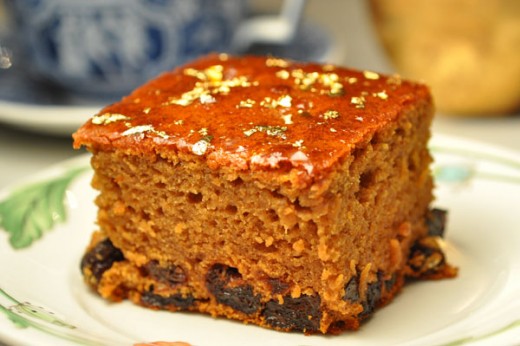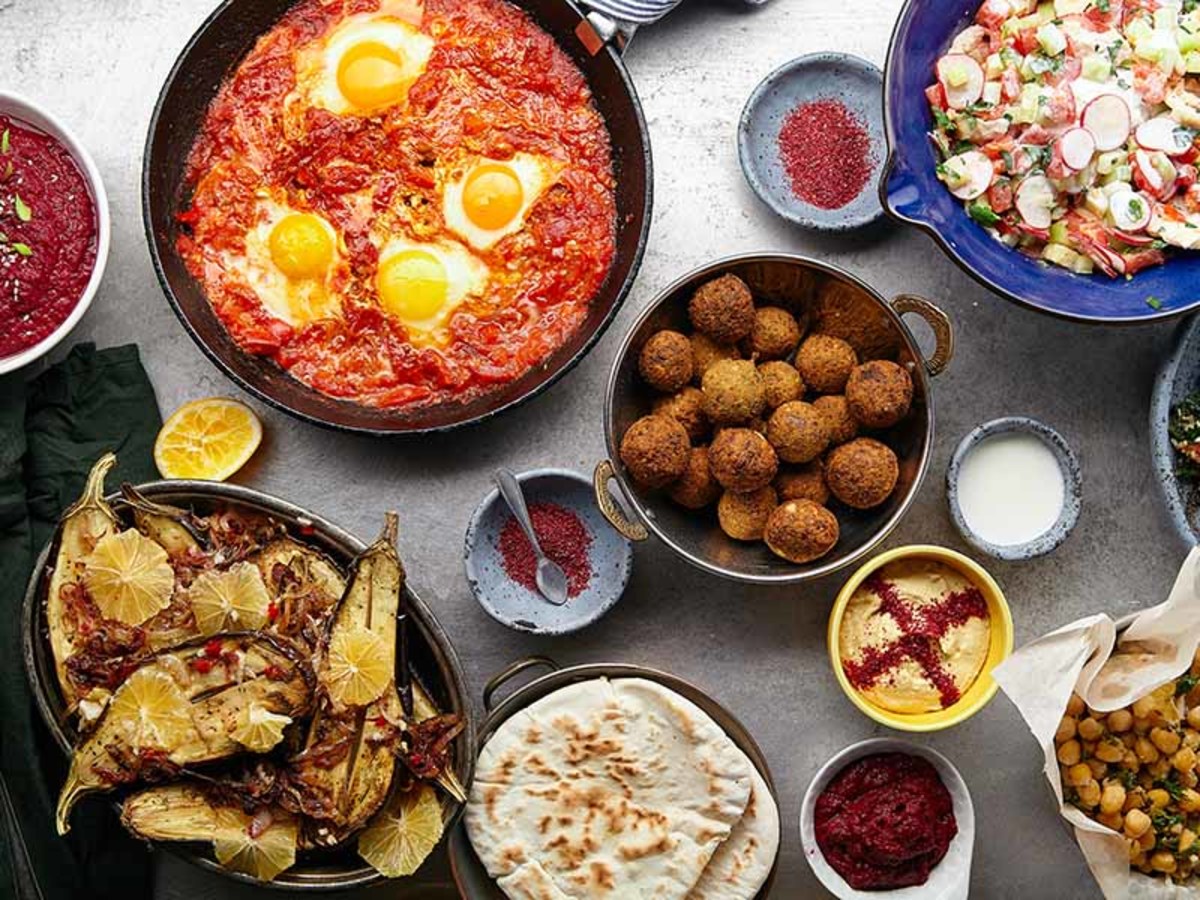Rosh Hashanah: Jewish New Year

"May you be inscribed [in the Book of Life] for a good year" is the Jewish New Year greeting.
Rosh Hashanah, literally meaning "head of the year", is celebrated during the first two days of the seventh month (Tishri ) of the Jewish calendar, which is a hybrid of lunar and solar calendars. This year, it starts on the evening of September 29.

Origins of the festival
The nature of the greeting stems from the fact that Rosh Hashanah is also the Day of Judgement. On this day, the Book of Life is opened in and one's fate for the coming year is written therein. The righteous are granted a good year, the wicked condemned to death and the decision on the average person is delayed until Yom Kippur (the Day of Atonement), 10 days later.
The Jewish New Year is thus a time of prayer and penitence; not one of partying. One's conduct during the Ten Days of Return and Repentance from Rosh Hashanah to Yom Kippur determines one's fate for the coming year.
Rosh Hashanah was firmly established as a religious festival by 4 CE (Common Era - non-Christian calendar) and appears to have its roots in the ancient agriculture-based Gezer calendar, in which the autumn harvest or "in-gathering" festival marked the beginning of the year.
Many of the rites of this ancient festival pertained to hopes for abundance in the coming year and these have been retained in Jewish New Year food traditions.


Food Traditions at Rosh Hashanah
Sweet flavours dominate at Rosh Hashanah, reflecting the wish for a sweet year. Honey, the sweetener of antiquity, pervades almost every part of the festive feast.
This starts with challah dipped in honey, followed by apples dipped in honey. These are accompanied by prayers for a sweet year.
Challah is the special Jewish egg bread served at Shabbat and other festive meals. Rosh Hashanah and Yom Kippur are the two occasions where this bread is dipped in honey instead of salt, underscoring the desire for sweetness at this time. It is also made sweeter with the addition of honey and/or raisins. Instead of the usual plaited loaf shape, the New Year challah is formed into a round. Roundness is said to symbolise continuity or represent a crown as a reminder of God's kingship.
Among eastern and central European Jews, New Year challah takes elaborate decorative shapes such as ladders (as a reminder that God decide who ascends and descends life's ladder), crowns or with a bird's head on top of the round.
The practice of dipping apples in honey is said to be traced to Biblical times. Apples symbolise fertility, longevity and prosperity.
In almost all cultures, fish has long been held as a symbol of fertility. Gelfite fish (fish cakes in sweetened jellied sauce) and whole fish, also in sweetened sauces, are served at Rosh Hashanah.


In the Middle Ages, the head of a ram was placed on the table, symbolising the desire to be head or outstanding in righteousness as well as marking a fresh start. It was adopted from ancient Persian practices but like the parallel medieval Christmas practice of serving a boar's head, it has since died out. Today, a fish head provides the symbolic equivalent.
Carrot tzimmes (honey-glazed carrot discs) first became a popular New Year dish among the Ashkenazic Jews in 15th century Austria. It symbolises prosperity. Not only does it resemble glistening gold coins, but the Yiddish word for carrot, mehren , also means "to increase".
Also typical in Ashkenazic Jewish homes is lekach (honey cake). The word lekach means portion and appears in the New Year prayer ("may they have a goodly portion"). It symbolises a good and sweet year.
In Hasidic communities, the Rabbi distributes lekach to his follower, who bake some of it into their own cake so as to share the Rabbi's blessing with their fellow diners.


Recipe: LEKACH (Jewish Honey Cake)
This lekach recipe incorporates the apple theme. The nuts are optional. Some Jews do not eat nuts at Rosh Hashanah because nuts are said to produce phlegm and thus hinder the recitation of the prayers of the day.
You can use dark or light brown sugar. Likewise, the choice of honey is entirely up to you. I like dark chestnut or eucalypt honey for this cake but you might prefer a more floral honey.
Ingredients:
2 large golden delicious apples
Juice of 1 orange
100 ml water
250 g self-raising flour
¾ tsp ground cinnamon
½ tsp ground ginger
¼ tsp ground cloves
125 g raisins (optional)
3 x 60g eggs (at room temperature)
150 g dark brown sugar
1 cup dark honey, plus 4 tbsp extra for glazing if desired
4 tbsp vegetable oil
Grated zest of 1 orange
125 g hazelnuts, roasted, skinned and roughly chopped (optional)
Method:
- Peel, core and roughly dice the apples. Place in a small saucepan with orange juice and water. Cook over moderate heat to a thick puree, stirring with a wooden spoon. Set aside to cool. [You can do this a few days in advance - store the puree in the refrigerator until ready to use.]
- Preheat the oven to 180°C. Grease a 23-cm square cake tin and line with baking paper.
- Sift flour together with cinnamon, ginger and cloves. Toss the raisins in 1 tbsp of the sifted flour mixture to separate them.
- Using an electric mixer, beat eggs, sugar and honey together until light in colour. Beat in oil, 1 tablespoon at a time. Beat in the orange zest.
- On slow speed, beat in half the flour, followed by half the apple puree. Beat in remaining flour and puree in the same manner. Fold in raisins (and nuts, if using).
- Pour into the lined tin and bake for about 1 ¼ hours or until a skewer comes out clean. Leave to cool in the tin for 15 minutes. Turn cake out on to a wire rack to cool. Leave to cool completely on the rack.
- When completely cold, wrap tightly in greaseproof paper and foil. If glazed, store in an airtight tin. The cake keeps well for two weeks at room temperature.
- Serving options: Just before serving, you can decorate the cake with a dusting of icing sugar. Alternatively, you could glaze it by brushing the top with several tablespoons of hot honey and if you wish to be extravagant, dot with it with edible gold leaf.








